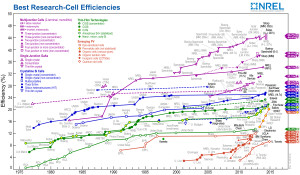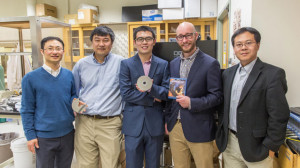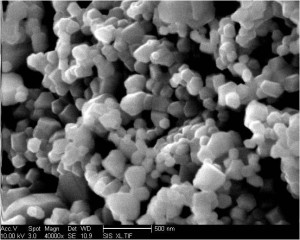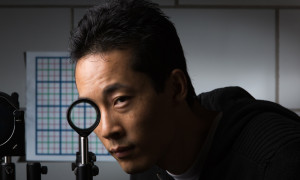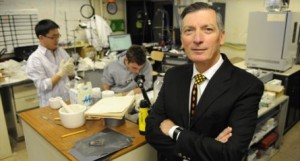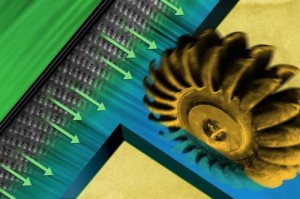A small-town farm in Plymouth, Indiana is doing its part to save the environment. The farm, and many other dairy farms across the country, are investing in biogas recovery systems that take unwanted cow manure and turn it into usable electricity. And not just a tiny bit of electricity. This system can produce enough power to light 1,000 homes.
The farm is grappling an issue that many small farms deal with: too much cow poop. Farms often times toss excess manure into open water to eliminate the small for surrounding neighbors. Doing this leads to a whole host of environmental consequences and negatively impacts the surrounding ecosystem.
In order to get rid of the bothersome manure without causing environmental damage, the farmers set up an anaerobic digester to speed up composition without smell or emission of greenhouse gases.
It’s not just this one farm that it doing its part to help the environment. The Environmental Protection Agency (EPA) estimates that last year alone, farmlands eliminated more than three million tons of greenhouse gases via biogas recovery systems. To put it in perspective, that’s like taking 630,000 pollutant causing cars off the road.
The EPA also estimates that if all viable farms were to install biogas recovery systems, they would generate enough electricity to power over a million homes and drastically cut emissions.
However, the roadblock appears when it comes to finding financing for these projects. Though, the federal government remains committed to seeing progress in this sector.


